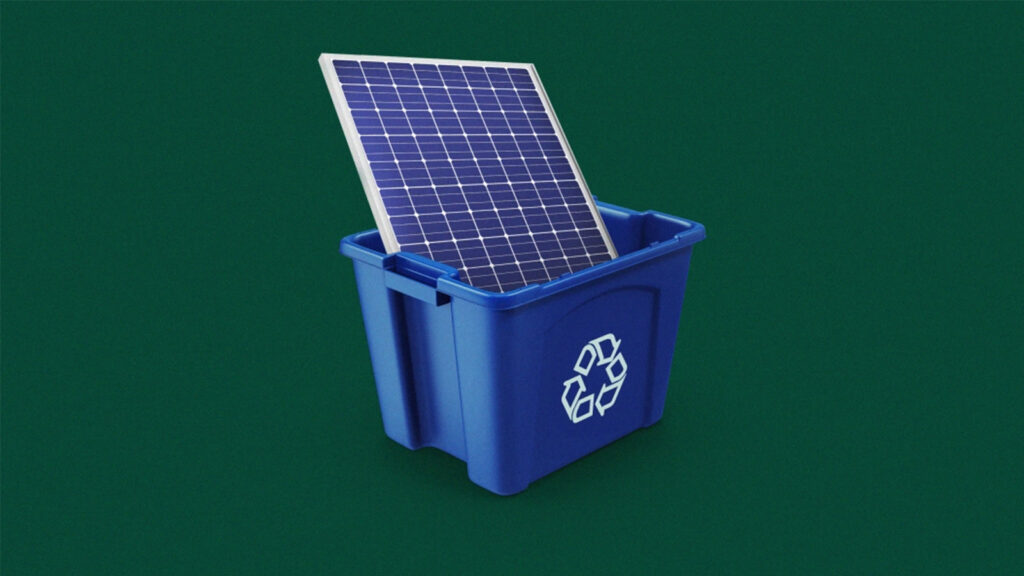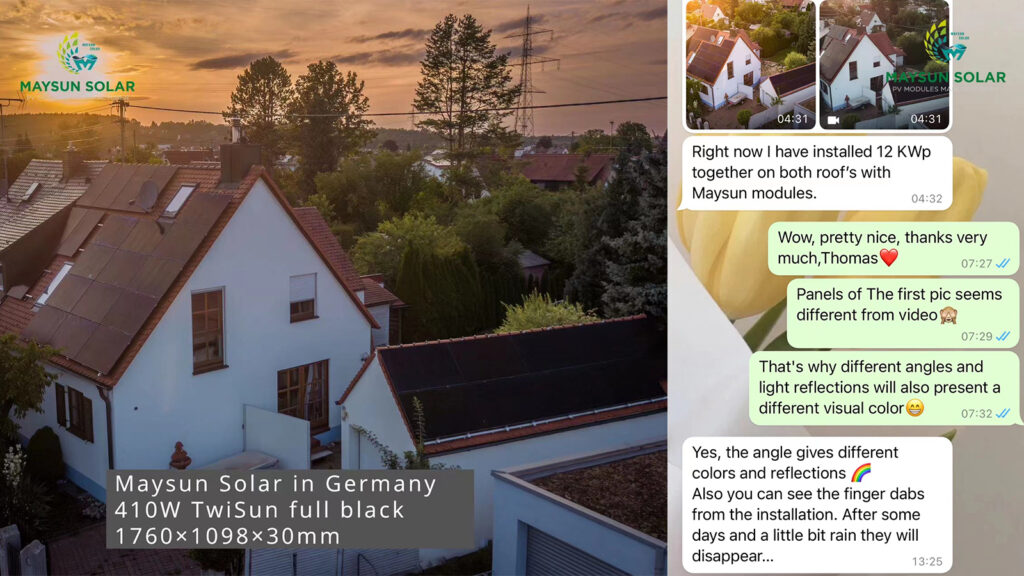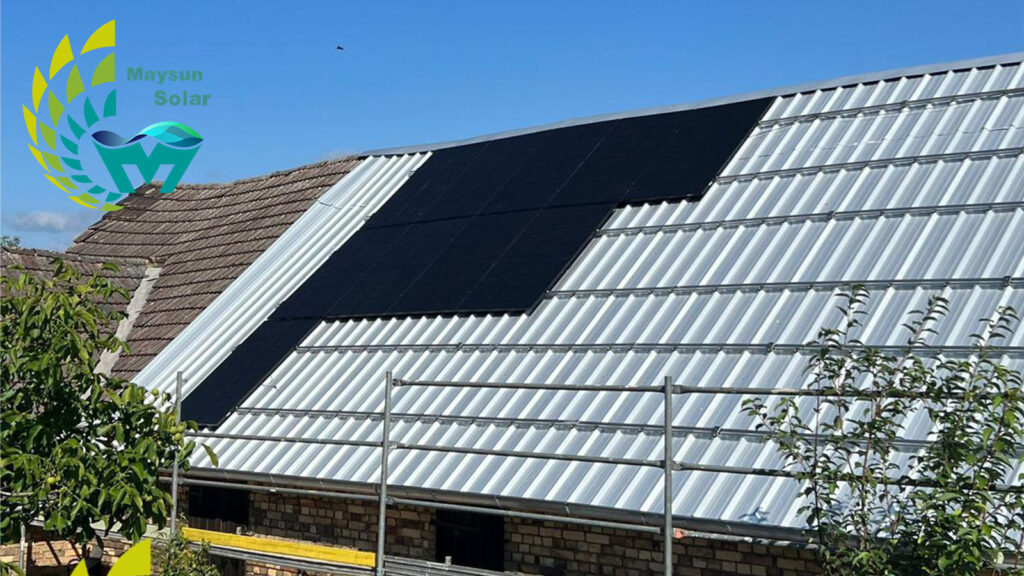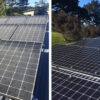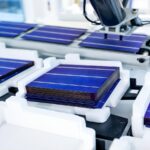Solar panels have been touted around the world as an important weapon in reducing carbon emissions, but they degrade and gradually become less efficient. After about 25–30 years, it is often more cost-effective to replace them with new ones.
Experts say that billions of panels will eventually need to be disposed of and replaced.
How many solar panels need to be recycled?
In 2016, the International Renewable Energy Agency (IRENA) predicted that by the early 2030s, the number of retired photovoltaic panels globally would equal about 4% of the number of panels installed. By the 2050s, the amount of solar panel waste will increase to at least 5 million tons per year, the agency said. The cumulative global value of raw materials that could technically be recovered from PV panels could reach $450 million (in 2016 terms), roughly equivalent to the cost of raw materials needed to produce about 60 million new panels or 18 GW of generating capacity. By 2050, the cumulative recoverable value could exceed $15 billion, according to the report.
Energy experts are calling on governments to take urgent action to prevent a looming global environmental disaster.
Ute Collier, deputy director of the International Renewable Energy Agency (IRENA), says: “By 2050, this will be a mountain of garbage unless we set up recycling chains now.”
“We’re producing more and more solar panels – which is great – but what will we do with the waste?”
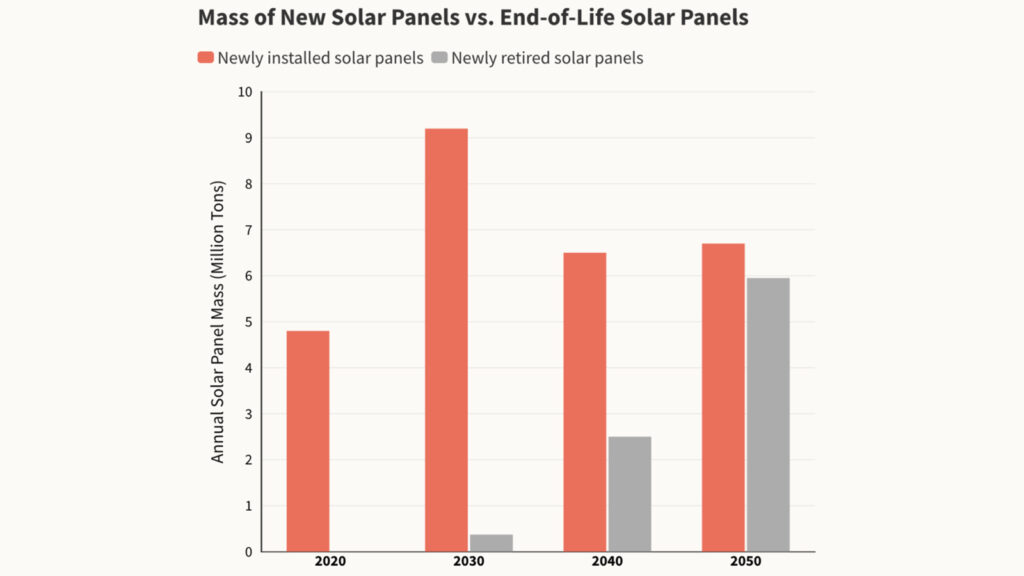
What are solar panel made of?
The solar panels are like sandwiches.
- The solar cell is at the center. About 90% of commercial solar panels use silicon as a semiconductor to convert light energy into electricity. Thin metal strips (usually silver) cross the surface of the silicon crystals in each cell and carry the current into the panel’s copper wiring.
- The solar cell is encapsulated in a protective barrier, usually an encapsulating material of transparent plastic called EVA. The top is covered with another layer of glass, and the back is covered with EVA,too. The whole thing is surrounded by an aluminum frame.
This layered structure protects the cells from natural elements while allowing sunlight to pass through, but may be difficult to deconstruct when the panels reach the end of their useful life.
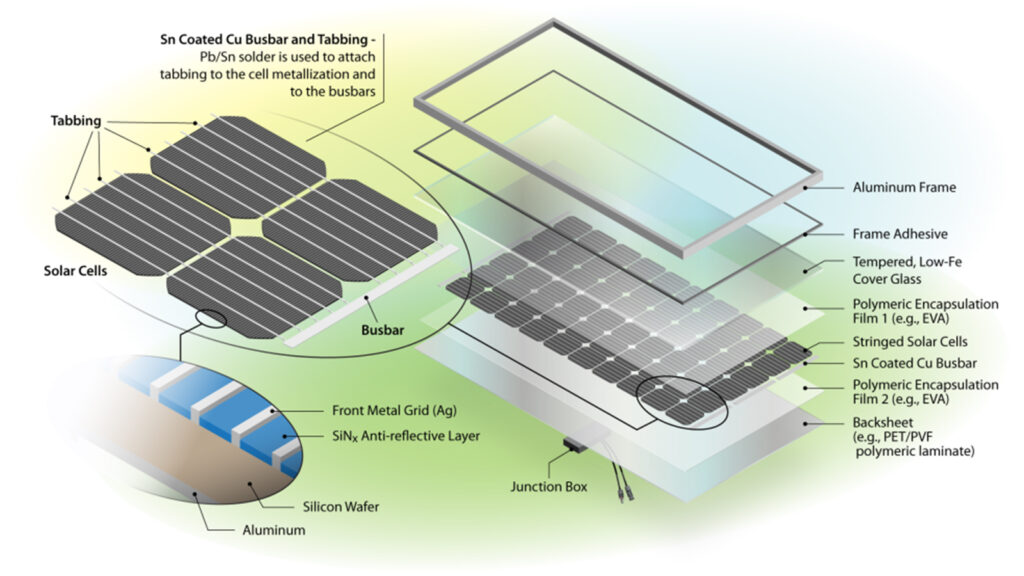
Which parts of a solar panel can be recycled?
Recycling Overview:
- Crystalline silicon solar technology accounts for most of the market share of solar panels. This type of panel consists of an aluminum frame, glass, copper wires, a polymer layer and backsheet, silicon solar cells, and a plastic junction box. The polymer layer seals the panel from the weather, but can make recycling and panel removal difficult, as high temperatures are usually required to loosen the adhesive.
- Many components can be recycled. In a typical crystalline solar module, there are components such as glass, polymers, the solar cell itself, copper, aluminum, and trace amounts of other metals. The largest contributor to the total weight is glass at 75%, followed by polymers at 10% and aluminum at 8%. Trace amounts of silver, lead, and tin are present.
- Other materials located within the solar cell may be more difficult to recycle. Silver and internal copper are valuable components, but panels typically contain very small amounts of these materials. Toxic metals such as lead and cadmium may also be present in solar panels.
- Solar panels may containcritical materials, including aluminum, tin, tellurium, and antimony, as well as gallium and indium in some thin-film modules.
- Other components of a solar power system may include inverters, racking, and battery backup systems, which can also be recycled. Inverters can be recycled with e-waste, and racks can be recycled with similar scrap metal.
Recycling process of solar panels:
Photovoltaic recycling is divided into three main stages: (1) stratification, (2) material separation, and (3) material extraction and purification. Solar panels are recycled primarily through chemical, thermal, and mechanical processes. The process begins with the removal of junction boxes, wires, and frames. The modules are then shredded, sorted, and separated. The separation of materials allows them to be sent to the specific recycling process associated with each material. The above process is applicable to crystalline silicon panels.
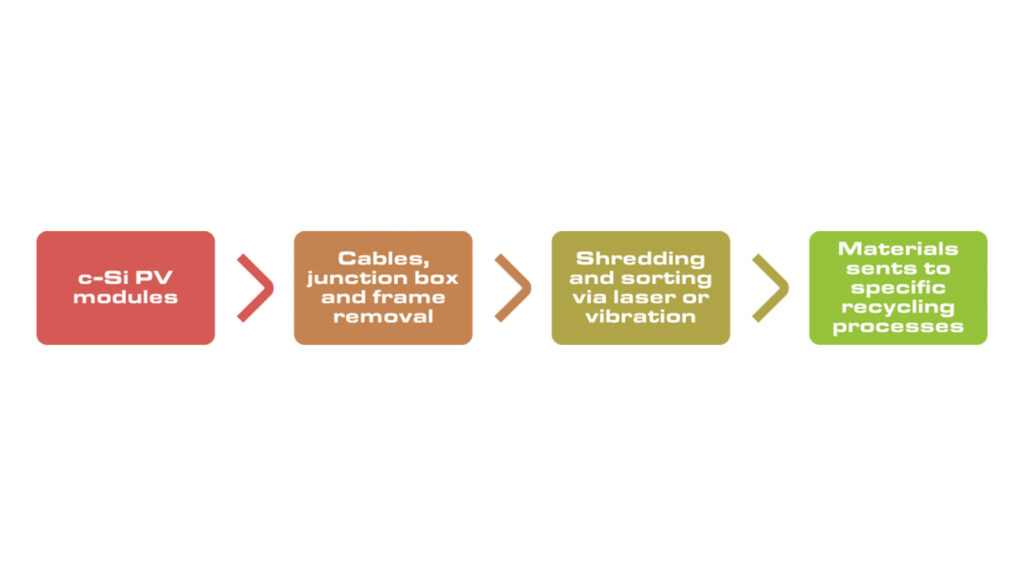
The methods described are only a few of many. A number of other methods are currently under investigation. The main problem or concern with the recycling process is the level of impurities. For example, high-temperature heat treatments and mechanical processes can generate impurities. In addition, low-temperature processes that utilize specific mechanical or chemical steps can also generate impurities. Therefore, the desired result can only be achieved through a combination of thermal, chemical, or metallurgical steps. Once these materials can be recycled without impurities, they will have a higher value in the marketplace, which is one of the main obstacles in the PV recycling industry.
What are the future benefits of solar panel recycling?
- The establishment of more solar panel recycling infrastructure,and they will effectively stimulate economic development.A proper solar panel recycling infrastructure needs to be put in place to manage the large number of solar panels that will be disposed of in the near future. Once in place, we will witness a number of positives and new opportunities in the economy.
- Recycling solar panels will create more jobs and save more raw materials.By 2050, PV recycling will not only create more green jobs but also have a recyclable value of around £11 billion.This means that around 630 GW of energy could be produced just by reusing previously used materials.
- Constantly discounted price.As the price of solar energy continues to fall, more and more households and businesses are choosing to invest in solar power systems. As a result, constantly discounted prices mean more households will be able to afford solar power systems.
Maysun works with a number of national suppliers and has assisted many customers with the installation of solar panels.
Maysun Solar has been specializing in the production of high quality solar panels since 2008. We have a wide range of products, including monocrystalline and glas-glas solar panels in addition to roof tiles, with half-cut, MBB and IBC technologies, which provide superior performance and stylish design to blend in perfectly with any building. Maysun Solar has successfully set up offices and warehouses in many countries and has established long-term relationships with excellent installers! For the latest module quotation or any PV related inquiries, please feel free to contact us.

New Photovoltaic news you should know about (March 2024)
Table of Contents REC Unveils a 430 W Heterojunction Solar Module Boasting 22.2% Efficiency REC, a Singapore-based PV module manufacturer, introduces its residential solar modules featuring Alpha heterojunction cell technology. Production has commenced at REC’s Industry 4.0 fab in Singapore, with initial shipments

IBC Solar Modules vs. Bifacial Glass-Glass Solar Modules: Which Is More Suitable for Winter or Low-Light Conditions?
Table of Contents Introduction As the demand for renewable energy continues to surge, advancements in solar technology have broadened the spectrum of component choices available to us. Among these, IBC (Interdigitated Back Contact) full black solar modules have garnered special attention due to

Why Are Lightweight Bifacial Solar Panels the Best Choice for Balcony Solar Power Plants?
Table of Contents In the quest for efficient and eco-friendly home energy solutions, solar photovoltaic technology has emerged as a key player due to its sustainability and clean energy benefits. Particularly in the space-constrained urban settings, the effective conversion of every inch of

Questions You Might Ask About Balcony Solar Power Plants in 2024
Table of Contents What is a Balcony Solar Power Plant? Similar to a traditional photovoltaic panel, a Balcony Solar Power Plant is a device designed to generate electricity from solar energy. This green energy generator is specifically tailored for self-consumption, but it comes with

A Step-by-Step DTU Guide for Balcony Solar Power Plants
As renewable energy becomes increasingly integral in our daily lives, Maysun Solar’s Balcony Solar Power Station, with its advanced technology and user-friendly design, represents a transformative approach to home solar solutions. The integration of a Data Transfer Unit (DTU) enhances its smart functionality

What Are The Main Components of Solar Panels?
What are the main components of solar panel? Solar panels, the cornerstone of solar energy technology, are composed of several integral parts, each contributing to their ability to harness sunlight and convert it into electrical energy. In this article, we will explore the essential

